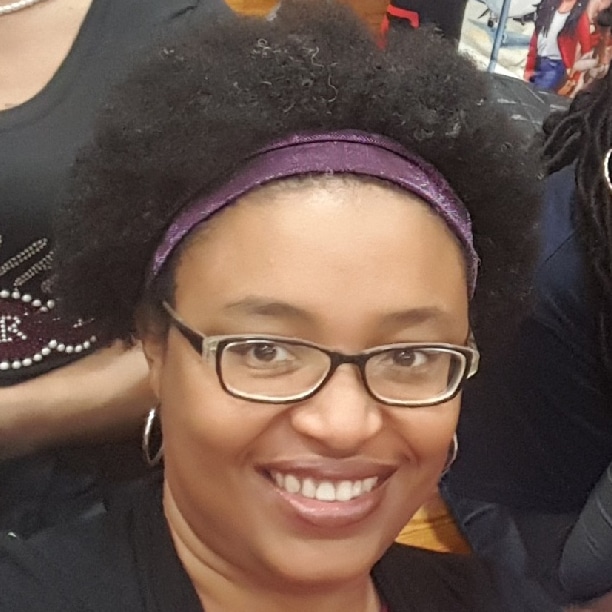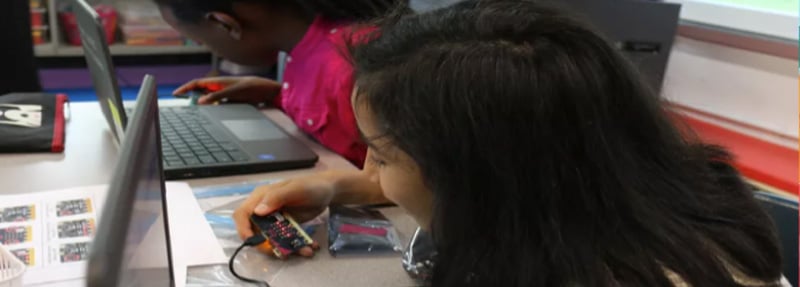As parents, we always try to do what’s in the best interest of our child. We meal plan for the day. We help our children to plan how they’ll use their free time or who they’ll play with. One of the biggest decisions we make for our child is deciding what school they’ll attend. We may base our selection on how welcoming the environment is for our child, the academics, and perhaps even extracurricular activities. For some, we may decide that sending our child to school with other children is not the best fit for them, and so instead, we may choose to homeschool. COVID-19 derailed all of our parenting choices. COVD-19 said due to how harmful and how easily transmitted I can be, your whole way of life is now, possibly, forever changed; I’m going to force you into remote learning, whether you like it or not.
Remote learning, on a day-to-day basis, has now come into play as our new norm. No more getting children up and out of the house for school. No more kids playing with their school friends. No more chatting with other parents about how our child drove us crazy the day before. No more watching our kids hug their teachers before they leave for the day. Our college students are affected as well; they are having to abruptly leave their college campuses like a thief in the night. For some communities of color, remote learning is an issue because a family may not have access to a computer or there are not enough computers available in the home to support the number of students in the household. Racial disparity is real in this era of COVID-19.


If nothing else, parenting has taught us how to trouble shoot; we run into obstacles and figure out the best way to seamlessly maneuver through it so that our child isn’t affected, or at least with minimal effects. That being said, what are some best practices to maneuver through this pandemic crisis? Always first is to make sure that our child are ok and remain ok. They are missing their friends, activities, teachers, etc. This may be difficult for them, so always do a daily check-in with your kids. Communication is key for all involved (the child, the parent and the teacher). Something else that may be helpful is to create a daily/weekly schedule. You can do so on the computer or write it out. Routines keep children and parents on task and focused and give us something to look forward to; they also give us a sense of normalcy. Have specific times that are designated for computer time and remote learning and be sure to provide breaks as necessary.
This is unfamiliar territory for all of us. Creating something that is familiar for you and your child can make it a little easier to deal with on a day-to-day. That’s what I try to do with my 9-year-old and 11-year-old kids. Remote learning doesn’t have to be limited to school work. Expand your remote learning to things that are of interest to you and your family. Consider a virtual tour of museums once a week or maybe some coding classes your child couldn’t do before. The libraries are offering virtual books; students can go online to read, or have books read to them. What might work one week, may not work the next week. You can adjust to whatever you see fit. Most important is parent self-care. When you take care of yourself, everything else will flow. There may be some days when all of this is too much and you’re not feeling ok; it’s okay to be in a space of “I’m not okay today.” Take time to either meditate, do yoga, pray, or even choosing to be quiet and still in a room for 10 min a day and do some deep breathing. Check out webinars of interest. Sometimes, talking with another parents can help to relieve stress. Do what makes your family comfortable. And remember, this too (remote learning) shall pass. We’re all in this together.

Written by Bridgett White
Bridgett White is a mother of 3 and new to blogging. Her oldest is a graduate of Syracuse in graphic and web design; the 2 younger children are students of CPS which she serves the PAC Chairperson, as well as sits on CPS Parent Board of Governors. She is passionate about community involvement, wanting not only what’s best for her children but for everyone’s child. Which is why she enjoys her role with District Outreach.




